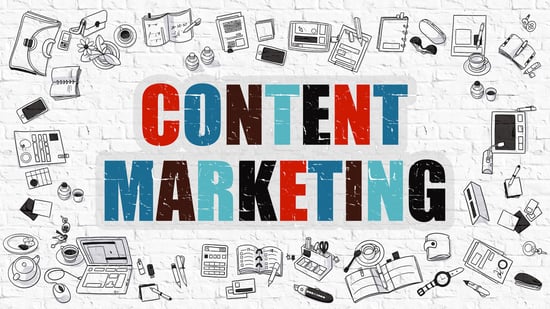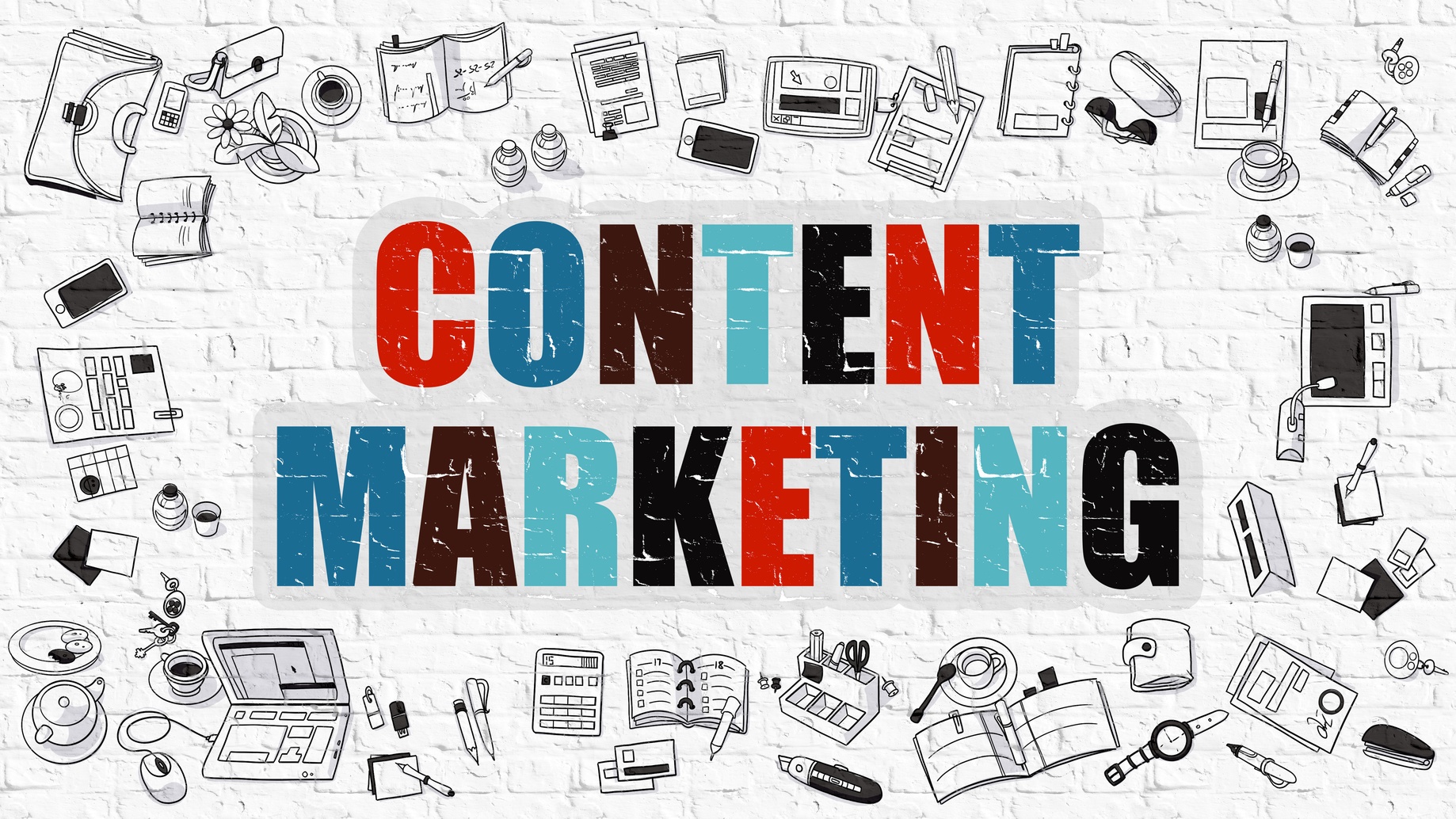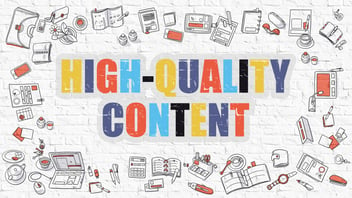Consideration Stage Marketing Content Sets the Stage for a Sales Win

Do you know who you are writing for each time you sit down with your fingers on the keyboard?
Who are they? What are they looking for? What problems do they have? And how close are they to choosing or purchasing a solution for those problems?
Effective marketing content needs to have a purpose. That purpose includes knowing what buyer persona it is created for and what stage of the buyers’ journey is being targeted.
What are customer personas?
Buyer or customer personas are fictional, generalized representations of your ideal customers. Creating personas will help you to better understand your customers and prospects, make it easier to tailor content to the specific needs, behaviors and concerns of different groups.
Your company’s personas may include representations of different industries or different levels of authority within a company (end users of your product, managers, purchasing decision-makers, etc.).
What is the buyers’ journey?
Targeting content to be as relevant as possible to individual prospects requires not only understanding the persona, but also the prospect’s stage along the buyers’ journey. We often use the term “sales funnel” interchangeable with buyers’ journey. The funnel imagery is useful from a marketing standpoint, as it shows how a large pool of “visitors” is gradually funneled down to those leads who become customers.
When considering the buyers’ journey, we view the transitions from the standpoint of the customer. Early in the journey is the “awareness” stage. These prospective customers are just beginning their search for a solution—or may not even be actively looking for a solution, but they become aware of your business, website, blog or other content.
Once the search for a solution to a problem begins in earnest, the prospect has entered the consideration stage. These are leads who are warming up, and it is in this stage that lead nurturing is essential, though all too often it is overlooked.
Did you know that only 35 percent of marketers have established lead nurturing? Despite results that show nurtured leads make 47 percent larger purchases than non-nurtured leads. (Click to Tweet)
The third stage of the buyers’ journey is the comparison stage, when a lead is ready to put options side-by-side and make a decision.
Comparison is the stage where marketing typically hands off the baton to sales for the final leg of the race, but let’s go back and consider those middle parts. Just like a relay race, even the best anchor won’t be the one to break the tape if earlier runners haven’t put her in position for the win.
How can you strengthen your consideration stage marketing content to prime prospects for the home stretch?
What offers fit well into the consideration stage?
While the awareness stage is focused primarily on broad, introductory materials, as prospects and leads move further through the sales funnel, you will want to provide materials closely tied into their specific problems.
Offers that fit well in this stage of the buyers’ journey or sales funnel include materials that either give specific steps in how to address a problem, such as case studies or problem/solution papers, or that actually help the lead solve the problem themselves. These leads are transitioning from “learning” to “doing.” That means they can benefit from offers such as templates, worksheets, calendars , calculators and checklists.
How should you structure blog posts targeting buyers in the consideration stage?
Blog posts targeting the consideration stage can take on many of the same formats as used in the awareness stage—lists, how-to articles, interviews, opinions—but the actual information should be narrowed and made more in-depth.
(Not sure how to get a new blog post started? Use one of these five blog writing templates for blog posts targeting any stage of the buyers’ journey.)
An “awareness stage” blog post will typically provide an overall view of a strategy (let’s use closed-loop marketing as an example; this post provides a broad overview of the method). The “consideration stage,” however, calls for taking a smaller aspect of that strategy and providing more specifics. In our example about closed-loop marketing, the consideration stage blog post would look like this: 5 Ways Closed-Loop Marketing Improves Sales Effectiveness.
What types of keywords fit the consideration stage?
Again, consideration stage materials are for those who are actively looking for solutions. So your longtail keywords could be made stronger by incorporating that specific word: solution. Other terms to consider including in your longtail keywords for blog posts and other content focused on consideration stage leads include:
-
Provider
-
Service
-
Supplier
-
Tool
-
Device
-
Software
-
Appliance
In other words, think phrases such as “small business accounting software,” “healthcare registration service,” or “construction cost estimation tool.”
Remember that the more closely your keyword phrases match what prospects and leads in this stage are actually searching, the more likely your content is to land at the top of the search engine results page.
Here is another take on personalizing content to fit your customer personas throughout the buyers’ journey.
Are you ready to formalize your content strategy and map out offers and blog posts to appeal to buyers in the consideration phase of their journey? Make it simpler by using our worksheet, which you can download here and put into use today.
-1.png?width=1652&height=294&name=Jones(RGB)-1.png)












